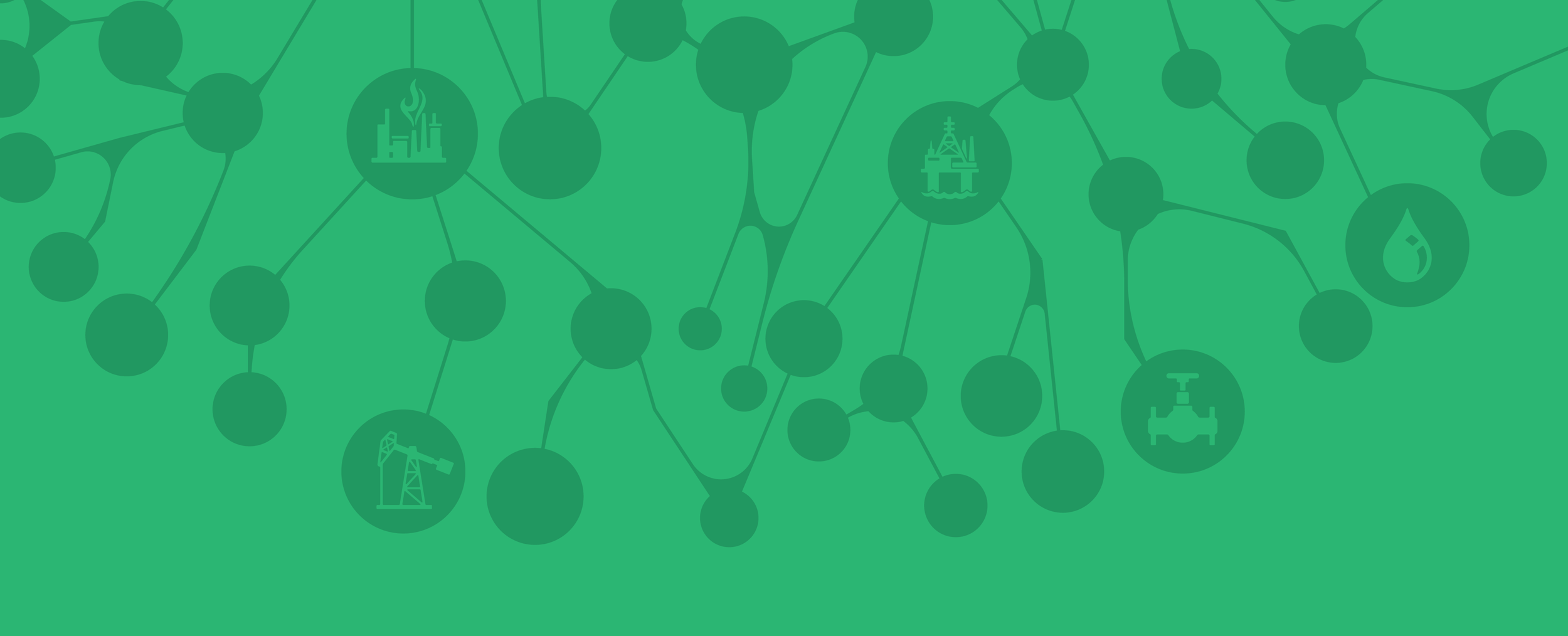
Are You Ready to Fuel Your Mind?
GATE Energy was founded with the mission of doing things right the first time. This simple yet powerful mission drove us to build processes and systems that have allowed us to hire, train, and develop graduate engineers into industry recognized subject matter experts and thought leaders.
Our Technical Blog Gives You Access To:
On-demand training videos developed by our industry experts
Easy-to-use simulation tools that will provide an 80-20 solution for typical production monitoring and optimization workflows
Technical articles and abstracts centered around energy industry knowledge and lessons learned
We want to do our part and make sure that new decision makers have the right tools, guidance, mentors, and coaches to help them make the right decision the first time, every time.
Bacterial Monitoring & Remediation In Pipelines
This GATEKEEPER discusses the various bacteria testing options that are available, which can be used to validate MPN results, as well as the mitigation and remediation techniques that can be used to decrease the probability or severity of MIC to pipeline infrastructure.
Operational Marine Risk Management: Process Safety
This GATEKEEPER will discuss, at a high level, the decision support tools and methodologies that can be implemented to assist in the delivery of incident free execution of projects through focused risk mitigation in the key process safety impact areas of station keeping and vessel integrity.
Effective CMMS Database Development
When properly developed, a CMMS tool can ensure that detailed equipment information is readily available, improve reliability, reduce equipment and facility downtime and more.
Riser Integrity Monitoring For HPHT Wells
In order to avoid potential riser failures or replacement campaigns for anticipated service lives that may extend to 30 years or more, process facility components such as risers and flowline systems must now be subjected to more enhanced integrity monitoring through the whole of their service life.
What’s Wrong With HAZOPs & What We Can Do About It
A HAZOP is a team-based process hazard analysis (PHA) method. Its purpose is to identify hazards and operability issues in a process design.
Evaluating Scaling Risks – What Is The Big Picture?
This GATEKEEPER provides an overview of the decisions which are the truly important outcomes from this process, and outlines the risks we incur by setting our scale management and associated field design philosophies early in the life of a project.
Introduction To Risers
With offshore oil and gas recovery pushing the limit with deeper and deeper water, it comes as no surprise that the technology regarding risers has evolved to meet the demands of harsher environments.
Black Sea: Offshore Challenges & Solutions
This GATEKEEPER will discuss the problems and challenges that arise from this distinct environment and the respective solutions and best practices that must be considered in order to safely and effectively deal with them.
SIMOPs, Permits & Isolations Management: System & Personnel
Proper use of the program ensures that careful consideration is given to all potential project hazards and that suitable precautions are taken to minimize risk.
When To Use Computational Fluid Dynamics In Flow Assurance Studies
As new industry challenges arise, a new approach to multiphase analysis called Computational Multiphase Fluid Dynamics (CMFD) has appeared as a possible solution.
Functionality Testing Of Production Chemicals For Deepwater
This GATEKEEPER will discuss the key physical and chemical characteristics of each production chemical that must be evaluated prior to use in a subsea production system.
Downhole Tubing & Casing Material Selection: Offshore Production Wells
Material selection is a nuanced process. A primary assessment based on environmental and operating conditions enables identification of outright inappropriate materials and allows a general selection to be made.
Introduction To Layer Of Protection Analysis (LOPA)
LOPA provides a consistent basis for judging whether there are sufficient independent protection layers against hazardous events to achieve the risk reduction required to achieve such an explicit target.
H2S Scavenging: Amine Systems
The amine selected, as well as the concentration of the solution used, will result in different selectivity of H2S over CO2, mole-to-mole acid gas loading, and degradation of the amine.
H2S Scavenging: Using Triazine
This GATEKEEPER will discuss the use of triazine as a liquid H2S scavenger.
Corrosion Modeling: Comparison, Interpretation & Limitation
Corrosion modeling is a vital tool in the pre-Front End Engineering Design (pre-FEED), FEED, and operational stages of the life of pipeline and equipment systems.
Corrosion Modeling: Influencing Factors
This GATEKEEPER will discuss the basic factors influencing corrosion modeling, while a later installment will elaborate on the different corrosion models available and their respective advantages and limitations.
Subsea Integrity Management - Inspectability & Maintainability Review
Subsea Integrity Management is defined as the management of a subsea system or asset to ensure that it delivers the design requirements while not adversely affecting life or the health of the environment throughout the required life of the field
Gas Pipeline Drying Methods
A drying campaign is crucial to the commissioning of every natural gas pipeline. When done correctly, effectively and efficiently, the results can prevent hydrate formation during start up and also protect the ongoing integrity of the pipeline.



